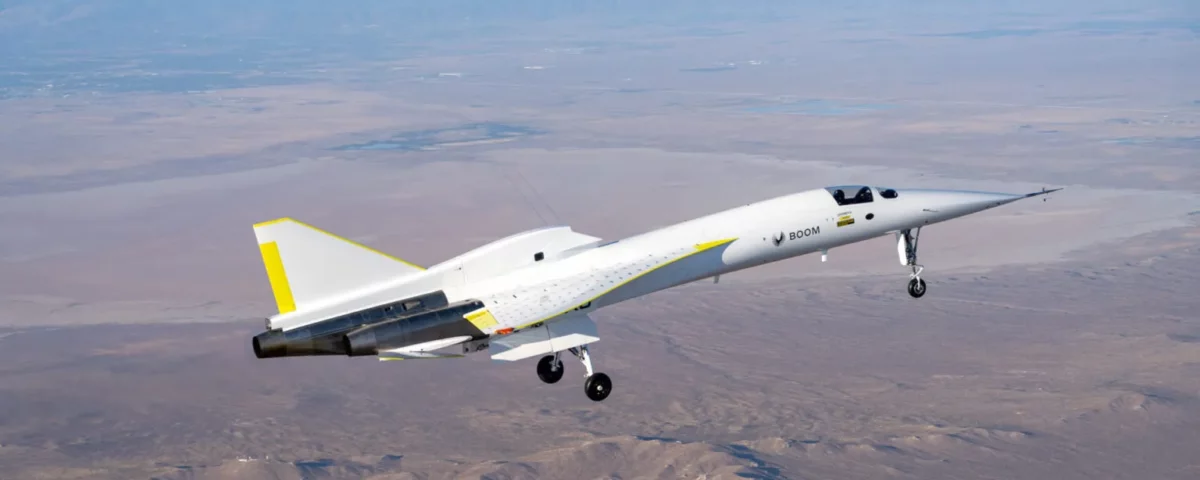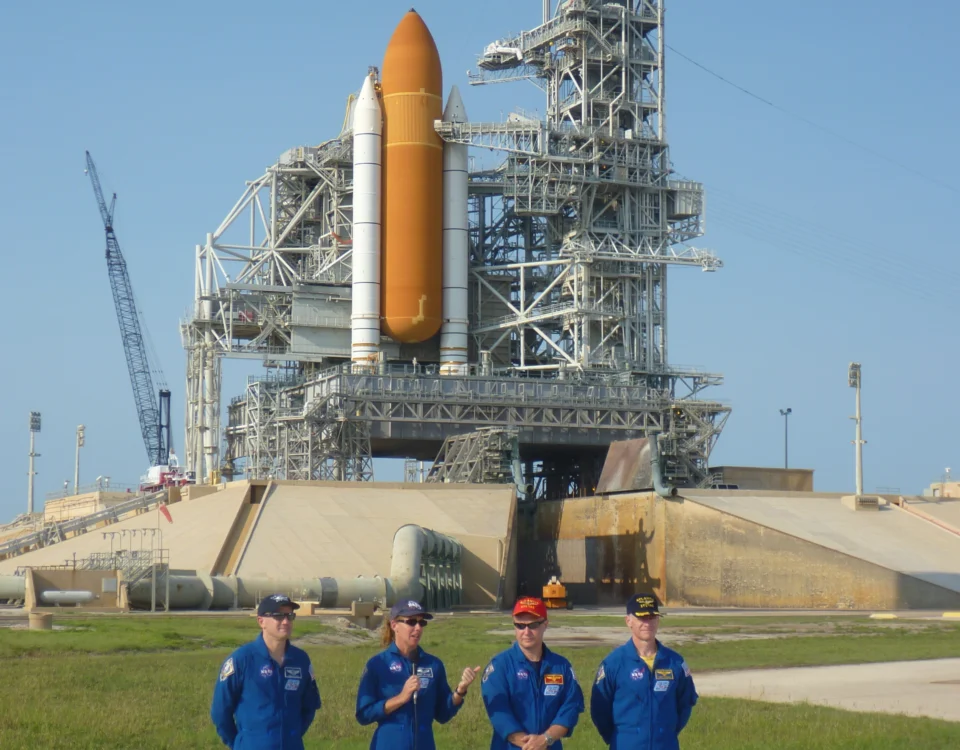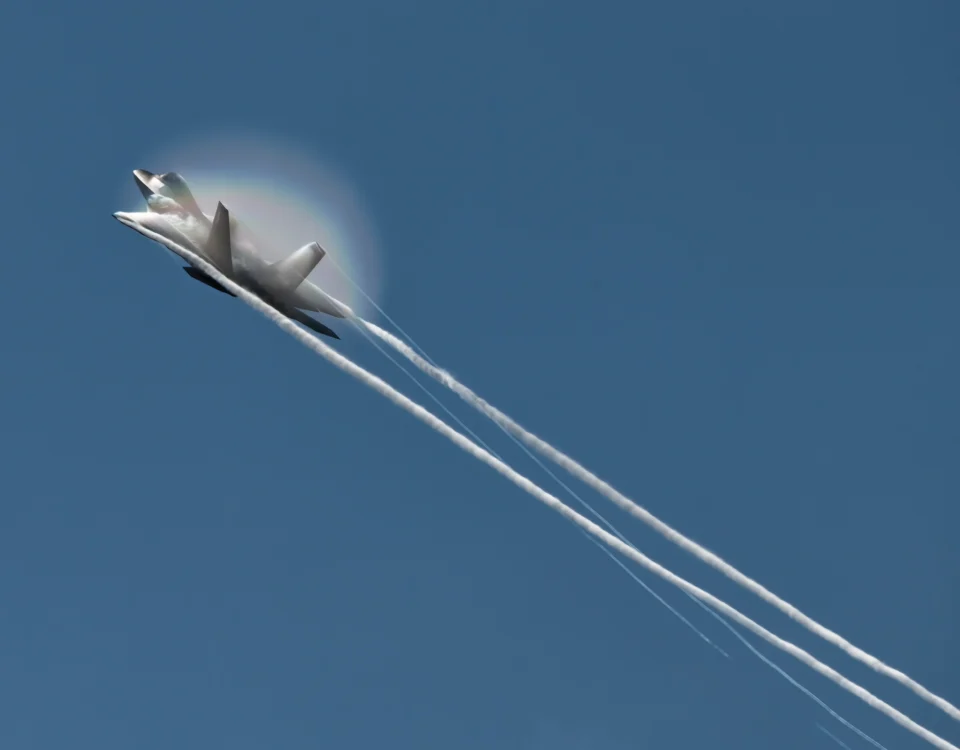
With apologies to the late great blues singer-guitarist John Lee Hooker for appropriating the title of one of his most popular songs for the title of this post, let’s check in on two efforts being directed at supersonic aircraft – and that big resounding boom airplanes make when they attain such speeds.
Yesterday, the determined folks at Boom Supersonic held a virtual event to update the world on the growing momentum surrounding their concept for a new generation of passenger supersonic airplanes. And though Boom’s target date to have such a commercial aircraft ready to go is still measured in years rather than months, definite progress is being made. Earlier this week their test bed aircraft – the XB-1 – successfully completed its second flight, exactly one week after National Aviation Day, which commemorates the birthday of Orville Wright.
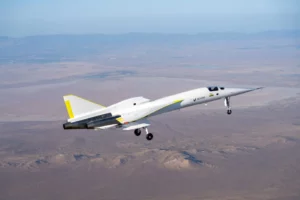
Boom’s XB-1 flew to over 10,000 feet on August 26 on its second test flight, retracting and then deploying its landing gear as aerodynamic data focusing on airflow over the aircraft’s wings were gathered. Photo: Boom Supersonic
So, developments are on course for the XB-1 Flight Test Program to actually go supersonic within months, after as few as nine or ten more subsonic test flights from the Mojave Desert California test facility. With ambition in no short supply, the company is striving to realize the vision of putting into operation at least two – or possibly even three – full assembly lines, facilities anticipated to be required at their North Carolina production headquarters in order to meet the demand for their aircraft.
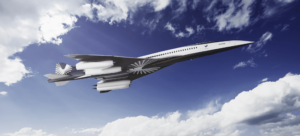
A Boom Supersonic promotional image depicting the Overture supersonic passenger airliner powered by the company’s Symphony engines. Image: Boom Supersonic
Company officials stressed the unique challenges of creating an aircraft development program for their Overture airliner and Symphony engine essentially from the ground up, as obviously this is not a program based on existing aircraft. But of course, getting the XB-1 supersonic is the small step-giant leap that will act as the foundational moment for everything anticipated down the line. Boom notes that going supersonic with the XB-1 will have to take place over the ocean, as the accompanying racket generated by an aircraft breaking the sound barrier is not acceptable over the mainland.
Which bring is to our second topic in this supersonic post: NASA’s effort to mitigate those very same booms through it’s Quesst program (yes, with double-s: Quiet SuperSonic Technology) in partnership with Lockheed Martin.
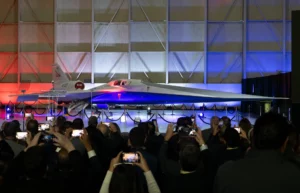
The X-59 is revealed in January of this year at Lockheed Martin’s legendary Skunk Works facility in Palmdale, California. Photo: NASA
The unusual-looking X-59 is designed to take the edge off sonic booms and instead create less-disruptive aural thumps. The plan is to fly the aircraft over populated areas and solicit public reaction to the sounds.
Currently, facility testing is gathering information on how the aircraft’s fuselage, wings, and control surfaces perform before the X-59 ever leaves the ground. Also successfully installed and approved: the aircraft’s ejection seat, a critical addition accomplished just weeks ago.
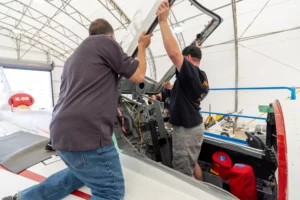
Lockheed Martin technicians accomplishing the complex process of X-59 ejection seat installation. Photo: Lockheed Martin
Growing imminent is a phase of X-59 ground tests that will see the aircraft’s engines fired up for extensive taxi tests. As much as is possible, flight conditions will be imitated in a ground test environment, leading up to a first flight within months.
For more information on Boom Supersonic: https://boomsupersonic.com/
For more information on the Quesst program: https://www.nasa.gov/mission/quesst/


